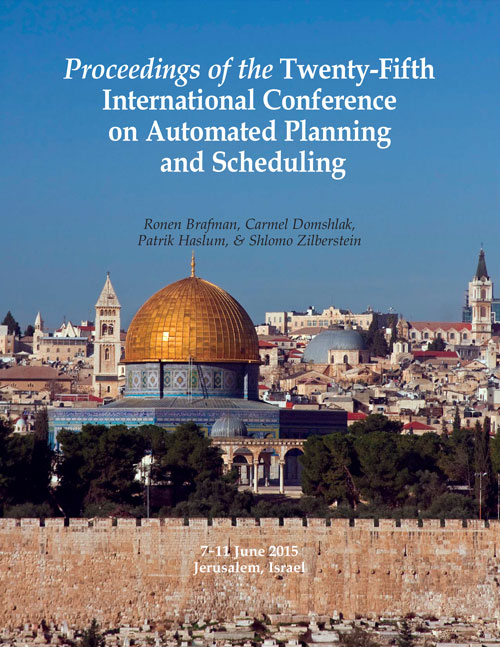Simulated Penetration Testing: From "Dijkstra" to "Turing Test++"
DOI:
https://doi.org/10.1609/icaps.v25i1.13684Keywords:
Sequential decision making, penetration testingAbstract
Penetration testing (pentesting) is a well established method for identifying security weaknesses, by conducting friendly attacks. Simulated pentesting automates this process, through designing a model of the system at hand, and using model-based attack planning to generate the attacks. Classical planning variants of this idea are being used commercially by the pentesting industry since 2010. Such models can pinpoint potentially dangerous combinations of known vulnerabilities, but ignore the incomplete knowledge characteristic of hacking from the attacker's point of view. Yet, ideally, the simulation should conduct its attacks the same way a real attacker would. Hence the ultimate goal is much more ambitious: to realistically simulate a human hacker. This is a grand vision indeed; e.g., the classical Turing Test can be viewed as a sub-problem. Taking a more practical perspective, the simulated pentesting model space spans a broad range of sequential decision making problems. Analyzing prior work in AI and other relevant areas, we derive a systematization of this model space, highlighting a multitude of interesting challenges to AI sequential decision making research.

